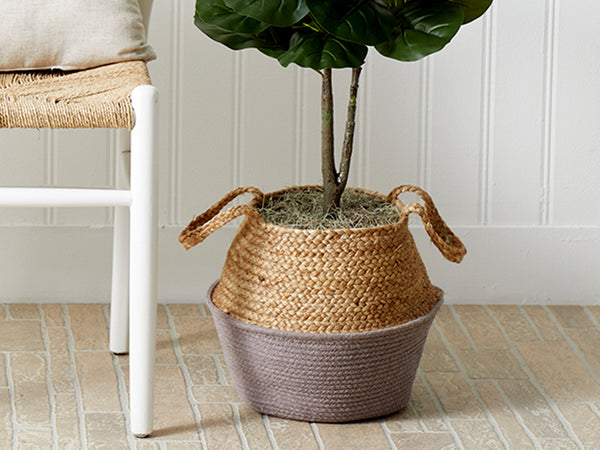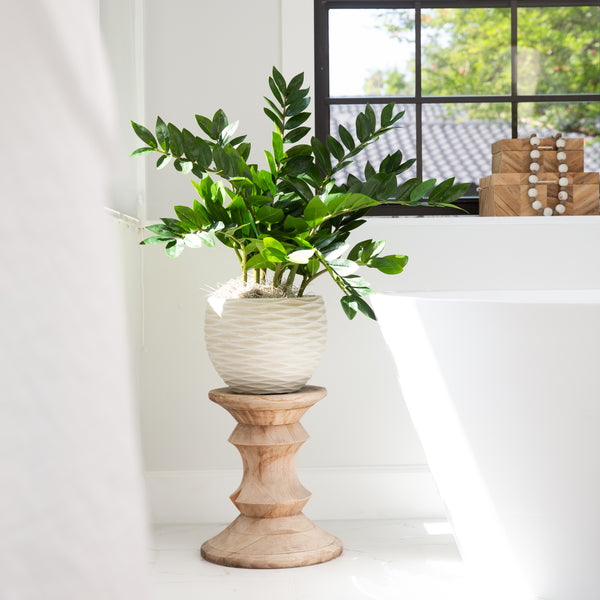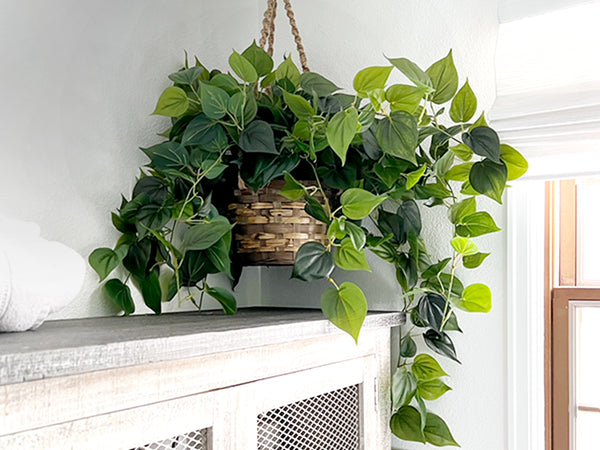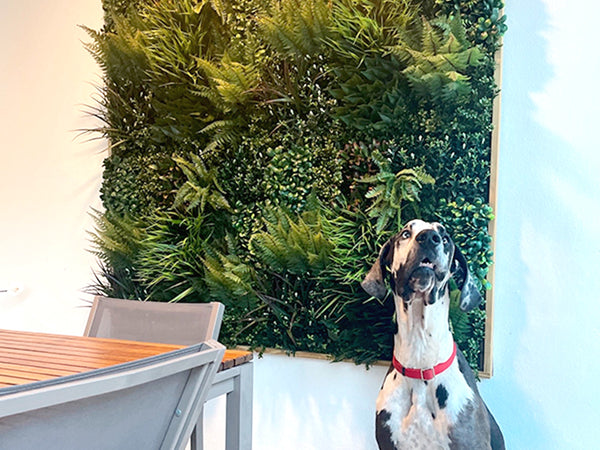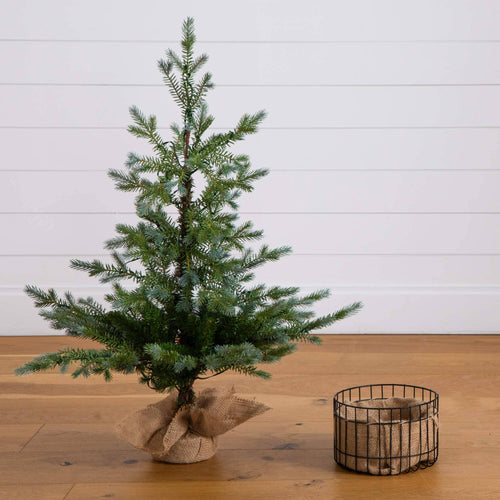The Spookiest (And Creepiest!) Plants In Honor of Halloween
Camellia GreenWhile most people associate Halloween with the ever-grinning smile of a carved pumpkin, the natural world is full of truly hair-raising plants and flowers that seem straight out of a horror film. Mother Nature herself designed these eerie species, giving us a darker take on her beauty. At Nearly Natural, we re-create nature’s most beloved flowers and greenery with lifelike artificial plants, trees, and silk florals, but today we’re highlighting the spookiest and creepiest living plants in the natural world—the kind that could easily haunt your nightmares.

Red Spider Lily (Lycoris radiata)
With delicate stems and thin, spidery petals, the Red Spider Lily’s crimson bloom is stunning—and unsettling. Entire fields of these flowers resemble a river of blood, making them a favorite visual in folklore and horror. In Buddhist tradition, they’re tied to death and reincarnation.

Black Bat Flower (Tacca chantrieri)
The Black Bat Flower is an orchid that produces unusual black blooms with whisker-like strands and petal “wings.” With a wingspan of up to 12 inches, it looks less like an orchid and more like a bat mid-flight—perfect for Dracula’s garden.

Hooker’s Lips (Psychotria elata)
Nicknamed “hot lips,” this plant forms bright red, puckered bracts that resemble a kiss. But the effect is fleeting: The lips split to reveal less charming flowers. Distinct and bizarre, this “kiss of death” might be the most un-kissable plant on earth.

Snapdragon Seed Pod (Antirrhinum)
Snapdragons are charming in bloom, but once dried, their seed pods take on the chilling look of tiny skulls. These skeletal forms have fueled legends for centuries—some even claimed the pods could restore youth and beauty.

Japanese Blood Grass (Imperata cylindrica)
This invasive grass grows with sharp, blade-like leaves that blush deep red at the tips. Seen en masse, it can resemble a field of blood. Harmless to touch but notorious as one of the world’s most aggressive weeds, it spreads like a nightmare.

Ghost Plant (Monotropa uniflora)
The Ghost Plant is a pale, parasitic plant that survives without chlorophyll by feeding off nearby tree roots. Its translucent, drooping blooms look spectral, thriving in the darkest corners of the forest.

Strangleweed (Cuscuta species)
Known as witch’s hair or devil’s guts, Strangleweed is a parasitic plant that creeps like golden webs over its host. It drains nutrients from surrounding plants, wrapping and choking its victims in eerie, threadlike vines.
 Devil’s Helmet (Aconitum genus)
Devil’s Helmet (Aconitum genus)
Also called Wolf’s Bane or Queen of Poisons, this purple-flowered beauty hides a deadly secret. Just a drop of its potent toxin can slow the heart. Long used in folklore as both medicine and poison, it’s as dangerous as it is beautiful.

Doll’s Eye (Actaea pachypoda)
Better known as White Baneberry, this plant bears ghostly white berries marked with a single black “pupil.” Nicknamed Doll’s Eyes, they grow on blood-red stems and resemble staring eyes. Both toxic and hallucinogenic, they’re as unsettling as they look.

Deadly Nightshade (Atora belladonna)
With a name that says it all, Deadly Nightshade is part of the same family as tomatoes and potatoes but carries lethal toxins. Used historically in medicine, cosmetics, and even assassination, its alluring purple flowers hide its deadly reputation.
 Corpse Flower (Amorphophallus titanum)
Corpse Flower (Amorphophallus titanum)
One of the most infamous carrion flowers, the Corpse Flower blooms only once every five to ten years. When it does, it releases a stench of rotting flesh strong enough to attract flies and beetles from a mile away. Its massive burgundy bloom is striking—and terrifying.
Final Frights
From carnivorous plants to parasitic creepers, each flower on this list proves that the natural world has its own dark side. This round-up is meant as inspiration, showing how eerie and fascinating plants can be when viewed through a Halloween lens.
For a frightfully fun touch you can actually bring home, explore our Halloween Shop and find décor that’s festive, stylish, and spine-tingling in all the right ways.
Please note: all imagery featured is for inspiration only and not products of Nearly Natural.








